With winter just around the corner it’s essential to prepare your garden for cool temperatures, high rainfall, and strong gusts. Here are six important steps for tree preparation:
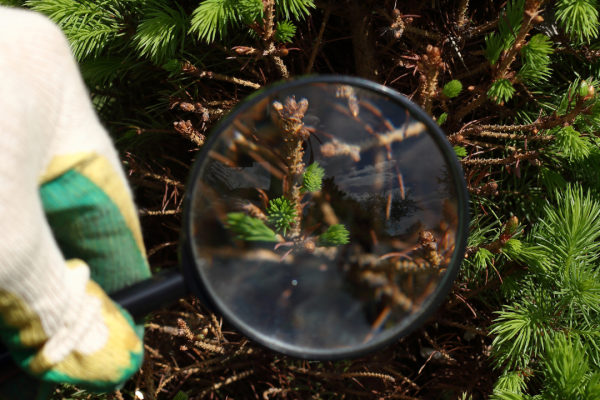
Inspect
Check your trees for any signs of pests or diseases, such as scale insects, aphids or diseases like fungal brackets. It is crucial for the overall health of the tree to treat any issues promptly with appropriate pesticides or fungicides.
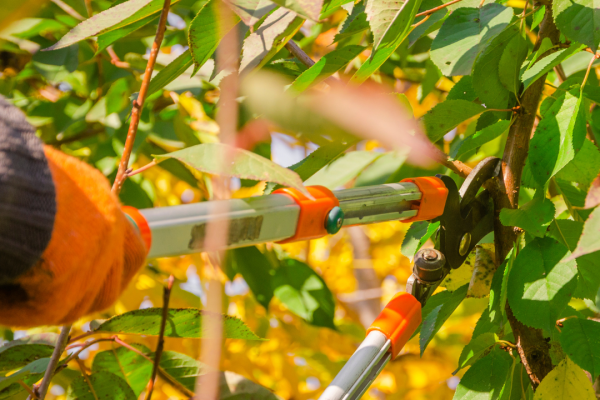
Prune
To improve the structure and health of your trees as well as prevent the spread of diseases, it is essential to remove dead or diseased branches. Focus on shaping the tree and removing any limbs that may be susceptible to winter damage. Pruning also promotes better airflow and light penetration, leading to healthier plants. Additionally, clear fallen leaves and debris from the garden beds to prevent any build-up of pests and diseases.
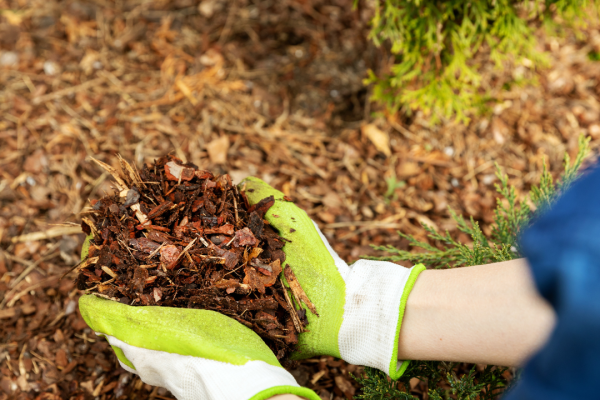
Mulch
Apply a layer of organic mulch, such as arborist mulch or compost, around the base of plants to help retain soil moisture by reducing evaporation, which is particularly important during the drier winter months. Additionally, it works as an insulating layer, protecting plant roots from extreme temperature fluctuations.
Make sure to ensure the mulch doesn’t touch the tree trunk directly to prevent rot.
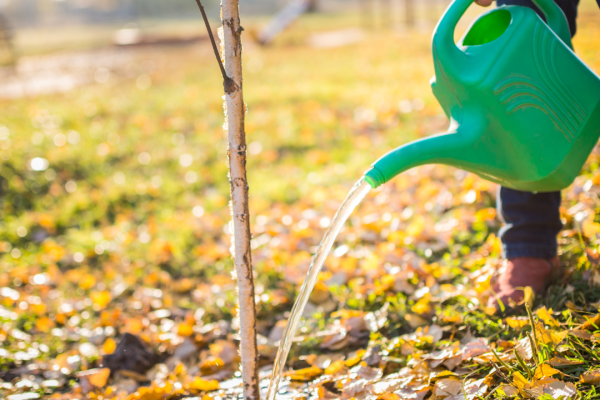
Water
Crucial for photosynthesis and plant life processes, make sure your trees have enough water before winter arrives. If there is not enough rainfall, give your trees a deep watering every two weeks or so. Pay attention to young or newly planted trees, as they may be more vulnerable to drought stress.
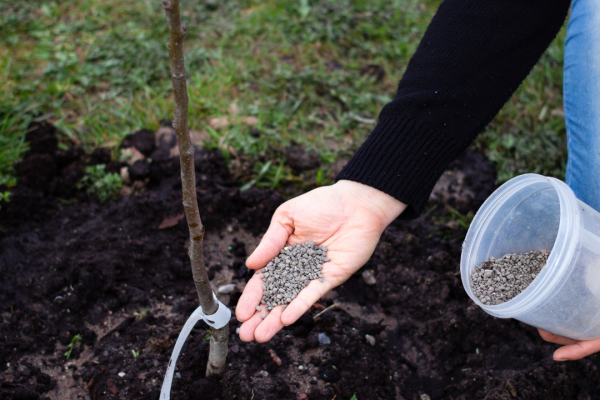
Fertilize
Fertilize your trees in late summer or early autumn with a balanced slow-release fertilizer. This will provide them with the essential nutrients to support their health during winter. Avoid fertilizing too close to winter, as this might stimulate new growth that can be damaged by cold temperatures.
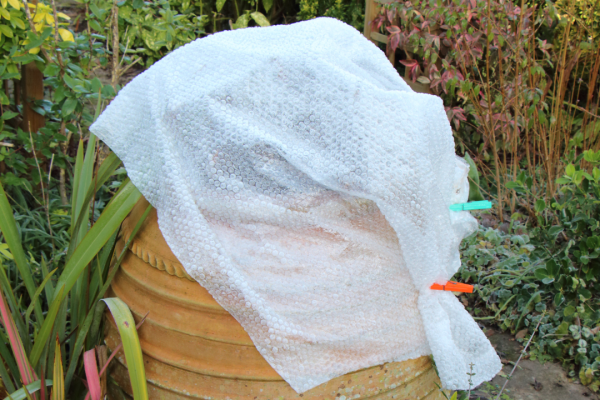
Protect
Frost can be damaging to plants, especially tender or frost-sensitive varieties, such as citrus. To protect your plants from frost, consider using frost cloths, blankets, or horticultural fleece to cover them overnight. These materials provide insulation and help trap heat around the plants. It’s also beneficial to water the soil before a frosty night, as moist soil retains more heat and can help protect plant roots. This is especially important for newly planted trees.
Trees also need protection or support for high winds. Consider installing windbreaks or barriers to shield trees from strong winds. Secure young or newly planted trees to stakes to prevent them from leaning or breaking in strong winds.
Remember, the particular needs of your garden may vary depending on the plants you’re growing and your local climate conditions. If you are needing specific advice for your garden, feel free to reach out to us today for expert guidance and recommendations.
Get in touch
"*" indicates required fields
